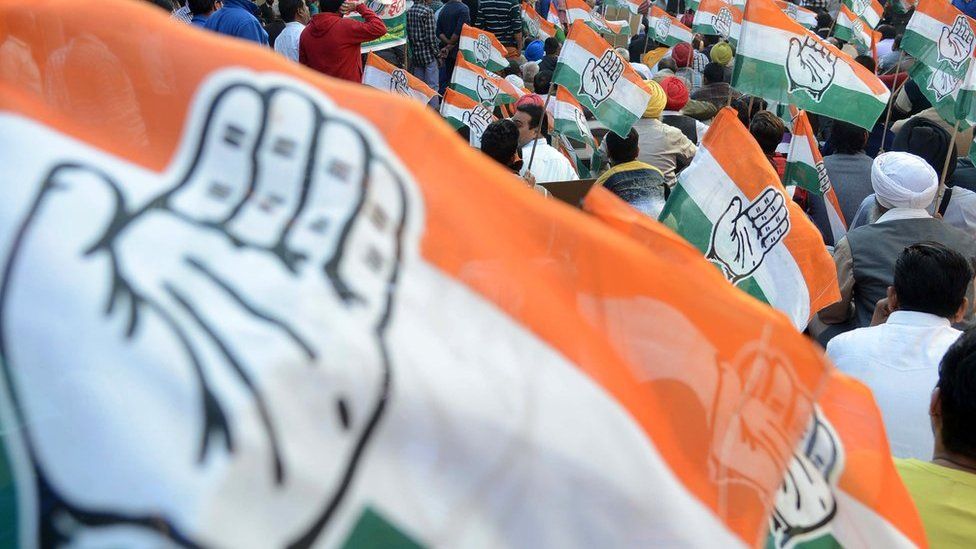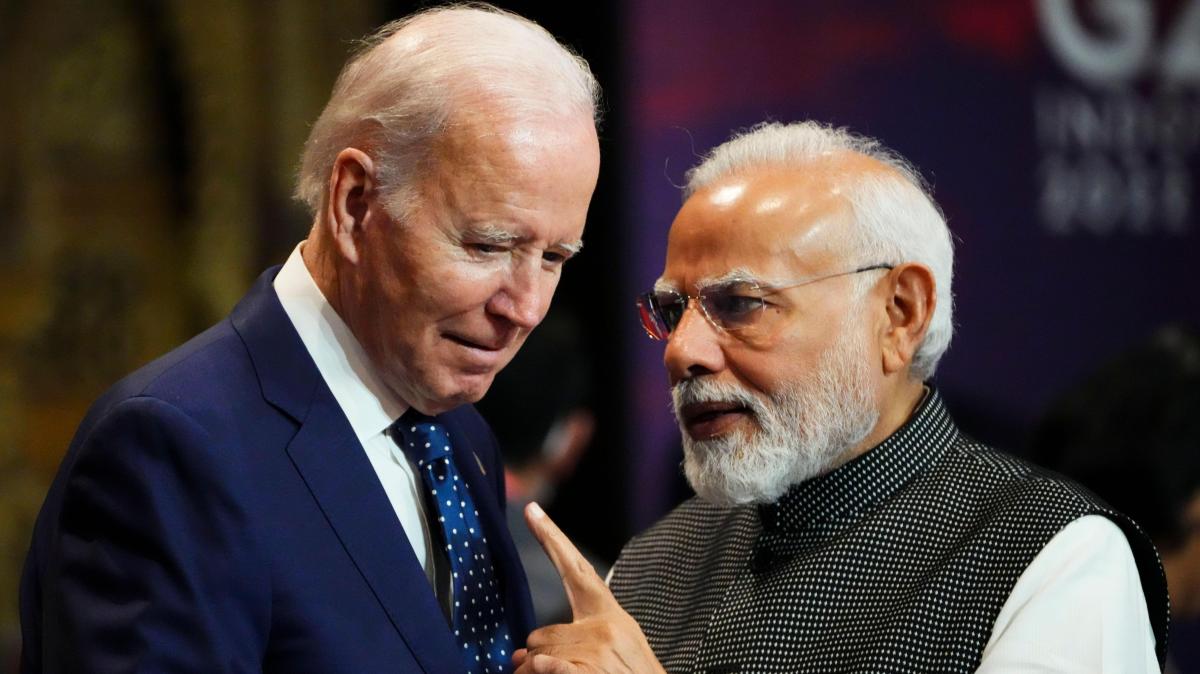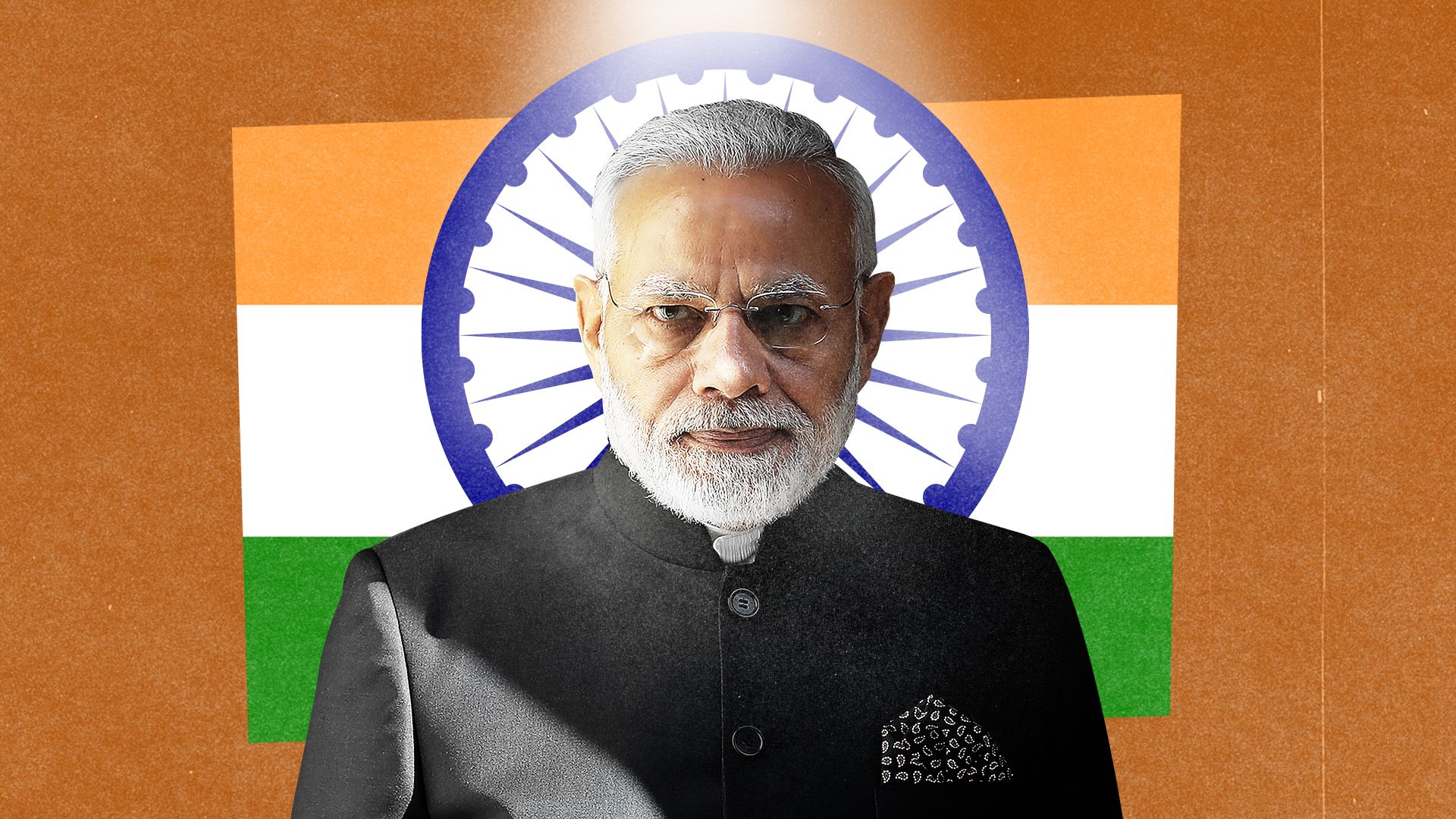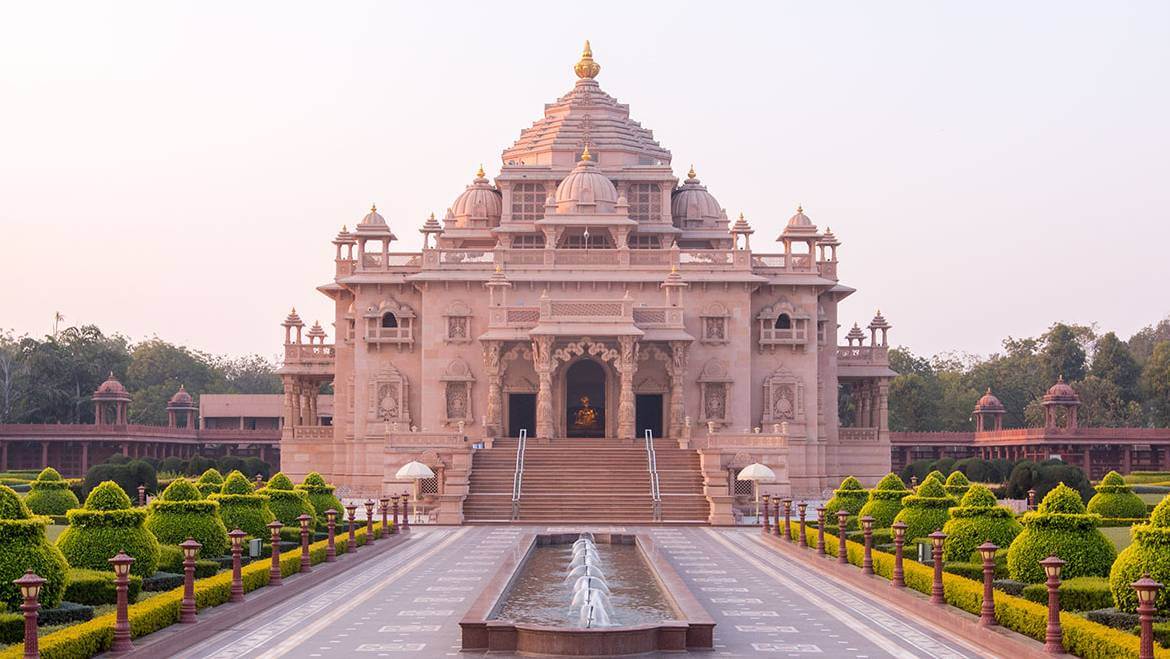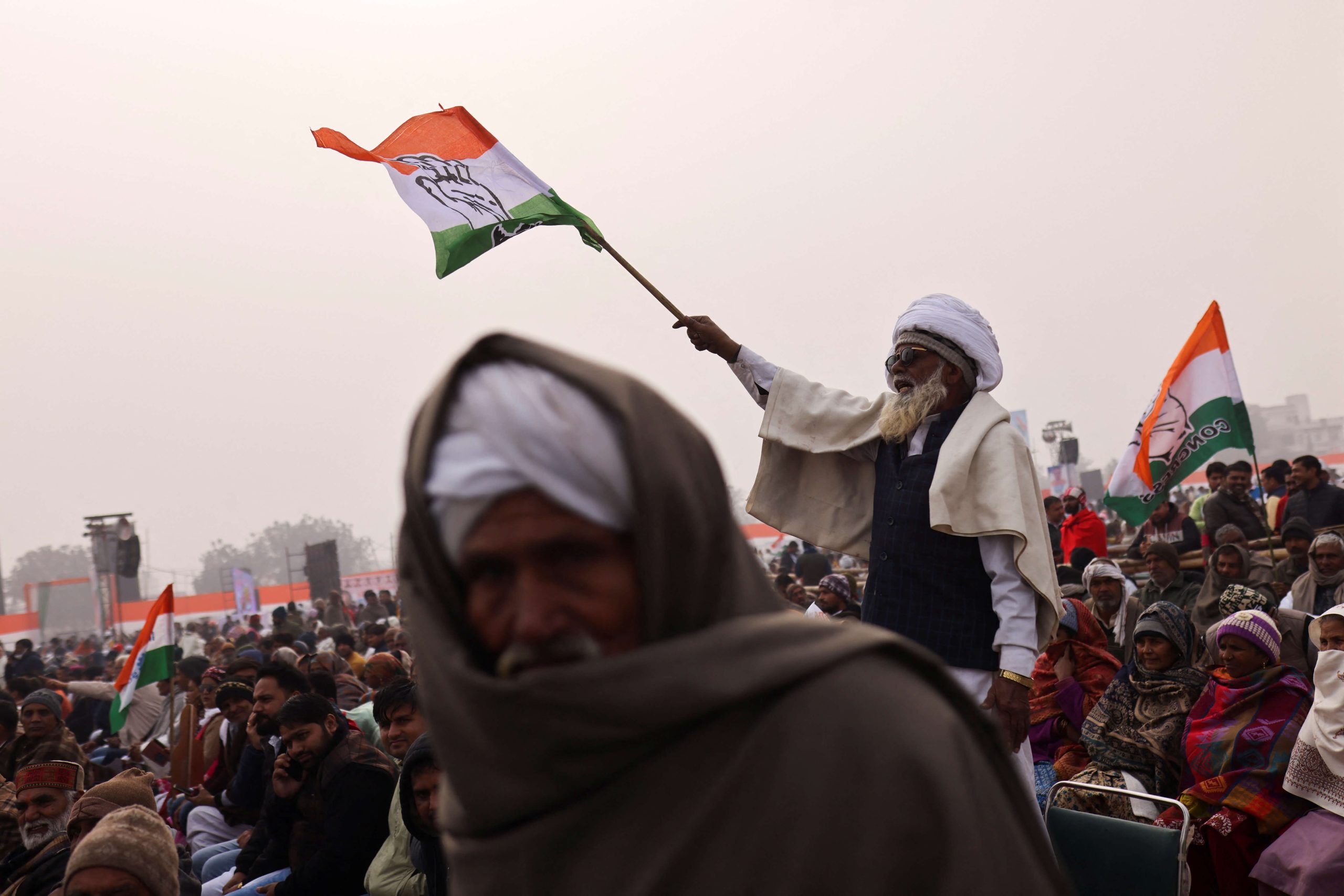Within the dynamic field of digital public infrastructure (DPI), India has become a global leader in this regard, both nationally and internationally. India, well-known for its unwavering efforts to achieve financial inclusion with the 2015 launch of the Digital India programme, is currently focusing its energies on a revolutionary change to the financial industry. Digital infrastructure is a key component of this paradigm shift and is driving India’s development in ways never seen before.
Prime Minister Narendra Modi’s 2015 unveiling of the Digital India programme was a precursor to India’s current digital competence. This was a calculated action to establish India as a leader in the digital space, not a haphazard one. The recent approval of a project costing Rs 2,516 crore to computerise 63,000 operational Primary Agricultural Credit Societies (PACS) is evidence of India’s steadfast dedication to strengthening its digital infrastructure.
The goal of this large-scale initiative is to unify all operational PACS under a single national enterprise resource planning-based software. Furthermore, through cooperative banks, these credit societies will be closely connected to the National Bank for Agriculture and Rural Development (NABARD), which is expected to significantly improve the digital infrastructure of rural India.
Enhancing PACS’s transparency and governance should result in faster loan disbursements, lower transaction costs, balanced payments, and smooth accounting integration with cooperative banks at the state and district levels. Farmers stand to gain a great deal from the Common Accounting System (CAS) and Management Information System (MIS) deployment, which will improve their loan availability on a variety of terms.
In order to improve data security, the Reserve Bank of India (RBI) simultaneously announced on December 8 that it would be establishing a dedicated cloud facility for the nation’s financial industry. Given that financial institutions are becoming more and more dependent on large amounts of data, this centralised cloud facility is intended to strengthen data security, integrity, and privacy while promoting scalability and business continuity.
India’s dedication to digital transformation is further demonstrated by the project to create a common platform for 1,851 Agriculture and Rural Development Banks (ARDBs), which was launched in October. The project, which would cost Rs 119.40 crore, will computerise supervisory units, branches, and ARDB units.
India’s recent push for digital infrastructure expands on the foundation established during the previous eight years. The importance of digital infrastructure for a country’s development cannot be overemphasised, even though physical infrastructure is still essential. India’s digital public infrastructure is based on the ‘India Stack,’ which includes Aadhaar, universal bank accounts, data exchange, and the United Payments Interface (UPI).
India’s successes in DPI have attracted attention from throughout the world. The World Bank has praised the country for improving financial inclusion and providing public goods and services. In just six years, the ‘India Stack’ has accomplished an amazing 80% financial inclusion rate, according to a September 2023 World Bank report.
In addition, the International Monetary Fund (IMF) has praised India for creating a “world-class” DPI and emphasised the importance of this development in advancing sustainable development objectives. The world looks up to India’s Digital Empowerment and Protection Architecture (DEPA) and Account Aggregator (AA) Framework, as well as the country’s successful adoption of UPI.
The government of India is actively sharing the ‘India Stack’ with other nations, realising the worldwide potential of the country’s DPI model. India demonstrated its DPI potential to the world, especially to nations in the Global South, while serving as the G20 President. Memorandums of Understanding (MoUs) have already been signed by eight nations with India, and a number of additional countries—including those in Africa—have expressed interest in implementing India’s digital systems.
Interestingly, even established countries like Germany and France are praising India for its accomplishments in the digital space. The government intends to establish a Global Digital Public Infrastructure Archive (GDPIR), a virtual archive accessible to all G20 countries and beyond, in order to expedite the global adoption of India’s DPI.
India is well-positioned to become a leader in utilising digital infrastructure to boost the expansion of its financial industry as the world comes to understand the potential of India’s competence in this area. The ‘India Stack’s’ accomplishment is more than just a regional achievement; it is a tale of economic transformation in India, paving the way for a crucial area where many nations have yet to start serious work.
India has not only welcomed technological developments in this digital age but has also made deliberate use of them to solve social issues. India’s impressive 80% financial inclusion rate has been recognised by the World Bank, demonstrating the real impact of the ‘India Stack’ in closing the gap and providing financial services to the general public.
In “Stacking up the Benefits: Lessons from India’s Digital Journey,” a working paper published by the IMF, numerous significant facets of India’s DPI achievements are highlighted. India’s strong digital infrastructure proved resilient during the COVID-19 outbreak, as seen by its ability to alleviate suffering and promptly assist impoverished households. The Pradhan Mantri Jan Dhan Yojana (PMJDY), which has resulted in over 80% of Indian adults obtaining bank accounts, is also commended in the article.
The Modi government has made it a top goal to share its digital infrastructure model with emerging and underprivileged countries as India prepares to play a bigger role in the world economy. The DPI model’s success story in India is not limited to poor countries; industrialised countries such as France and Germany are closely monitoring and acknowledging India’s accomplishments.
In order to facilitate the easy access of India’s DPI to other nations wishing to model themselves after it, the government intends to establish and manage a Global Digital Public Infrastructure Repository (GDPIR). This virtual library would facilitate the easy adoption of India’s successful digital infrastructure model by acting as a comprehensive resource for other G20 nations and beyond.
In summary, the development of India’s digital infrastructure is a credit to careful planning, unwavering execution, and a desire to use technology to improve society. The financial industry is leading the way in this transformation as the country continues to set the stage for a tech-driven future. In addition to being a source of pride for the country, India’s accomplishment in building a strong digital infrastructure serves as a model for other countries looking to start their own digital revolutions. The ‘India Stack’ represents inclusive growth, innovation, and the worldwide transformational power of digital infrastructure and is more than just a collection of technology.



